MCP vs Cursor: Multi-Agent Orchestration vs AI Coding Assistant
In the evolving world of software development, AI tools are streamlining how developers build, test, and deploy applications. Two standout technologies making waves are Model Context Protocol (MCP) and Cursor. While both improve productivity using large language models (LLMs), they cater to different needs and use cases. What is MCP? Model Context Protocol (MCP) is an open standard protocol that allows AI agents to securely connect and interact with external resources like APIs, databases, and services. Think of it as a universal bridge enabling seamless and secure communication between AI models and external data sources. MCP is especially valuable for multi-agent orchestration, real-time context management, dynamic source discovery, and scalable integrations across tools. What is Cursor? Cursor, on the other hand, is an AI-powered code editor designed to assist developers in writing, debugging, and optimizing code. Built on VS Code and leveraging tools like ChatGPT and Claude, Cursor can understand an entire codebase, suggest intelligent completions, generate code snippets from natural language prompts, and even auto-fix errors while maintaining code privacy. Key Differences Purpose: MCP serves as the backend protocol for AI-to-resource interaction; Cursor is a front-end tool focused on code editing. Use Case: MCP is used in AI agent workflows, integrating with real-time data systems across industries; Cursor is tailored for software developers looking to speed up and enhance code quality. Integration: MCP works as a standardized integration method, while Cursor may rely on MCP or similar tools to enhance its features. Architecture: MCP uses a JSON-RPC 2.0 client-server setup; Cursor is built on top of VS Code with built-in chat and context awareness. In Summary MCP acts as the connector enabling AI systems to function beyond their training data, while Cursor is the coding assistant enhancing developer efficiency. When used together, these tools can significantly accelerate and optimize the software development lifecycle. Would you like this summary formatted for a LinkedIn post or newsletter as well?

In the evolving world of software development, AI tools are streamlining how developers build, test, and deploy applications. Two standout technologies making waves are Model Context Protocol (MCP) and Cursor. While both improve productivity using large language models (LLMs), they cater to different needs and use cases.
What is MCP?
Model Context Protocol (MCP) is an open standard protocol that allows AI agents to securely connect and interact with external resources like APIs, databases, and services. Think of it as a universal bridge enabling seamless and secure communication between AI models and external data sources. MCP is especially valuable for multi-agent orchestration, real-time context management, dynamic source discovery, and scalable integrations across tools.
What is Cursor?
Cursor, on the other hand, is an AI-powered code editor designed to assist developers in writing, debugging, and optimizing code. Built on VS Code and leveraging tools like ChatGPT and Claude, Cursor can understand an entire codebase, suggest intelligent completions, generate code snippets from natural language prompts, and even auto-fix errors while maintaining code privacy.
Key Differences
- Purpose: MCP serves as the backend protocol for AI-to-resource interaction; Cursor is a front-end tool focused on code editing.
- Use Case: MCP is used in AI agent workflows, integrating with real-time data systems across industries; Cursor is tailored for software developers looking to speed up and enhance code quality.
- Integration: MCP works as a standardized integration method, while Cursor may rely on MCP or similar tools to enhance its features.
- Architecture: MCP uses a JSON-RPC 2.0 client-server setup; Cursor is built on top of VS Code with built-in chat and context awareness.
In Summary
MCP acts as the connector enabling AI systems to function beyond their training data, while Cursor is the coding assistant enhancing developer efficiency. When used together, these tools can significantly accelerate and optimize the software development lifecycle.
Would you like this summary formatted for a LinkedIn post or newsletter as well?






















































-Reviewer-Photo-SOURCE-Julian-Chokkattu-(no-border).jpg)



















































































































![[The AI Show Episode 146]: Rise of “AI-First” Companies, AI Job Disruption, GPT-4o Update Gets Rolled Back, How Big Consulting Firms Use AI, and Meta AI App](https://www.marketingaiinstitute.com/hubfs/ep%20146%20cover.png)













































































































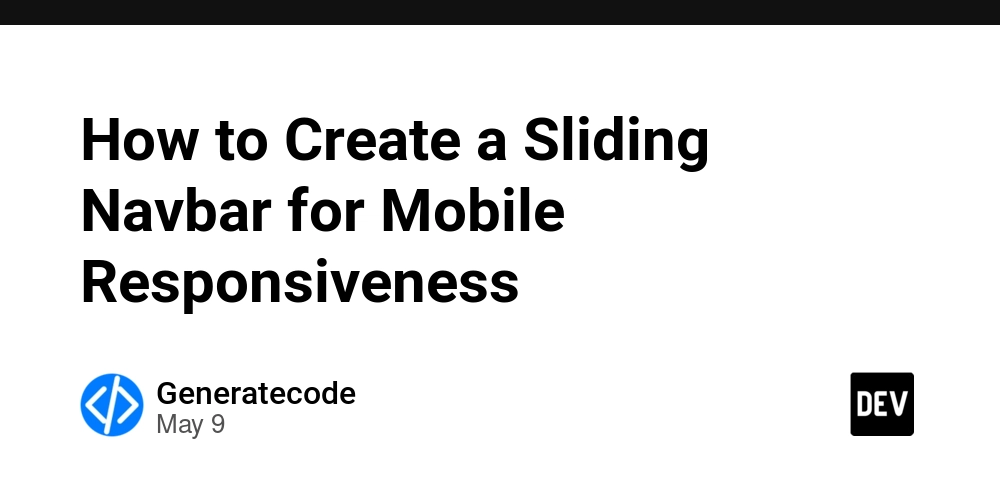
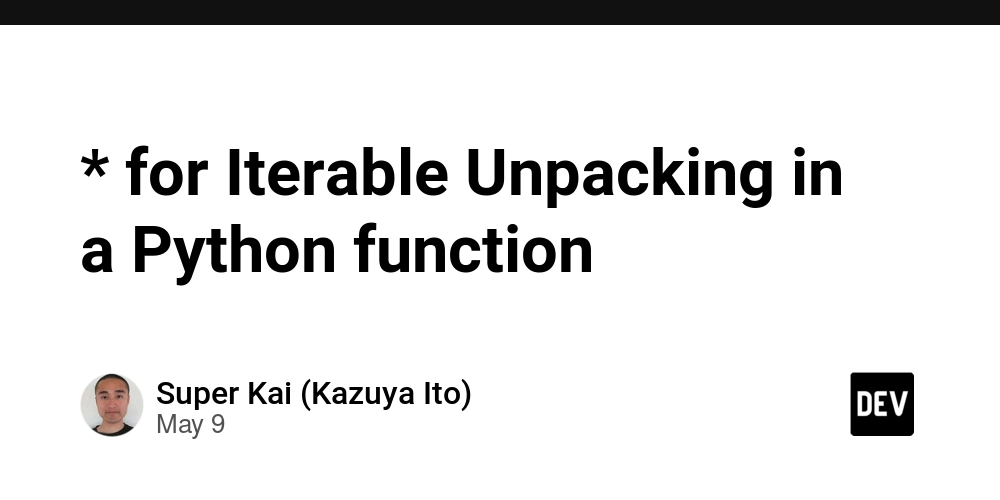















![Life in Startup Pivot Hell with Ex-Microsoft Lonewolf Engineer Sam Crombie [Podcast #171]](https://cdn.hashnode.com/res/hashnode/image/upload/v1746753508177/0cd57f66-fdb0-4972-b285-1443a7db39fc.png?#)




























































.jpg?width=1920&height=1920&fit=bounds&quality=70&format=jpg&auto=webp#)




















































-Nintendo-Switch-2-Hands-On-Preview-Mario-Kart-World-Impressions-&-More!-00-10-30.png?width=1920&height=1920&fit=bounds&quality=70&format=jpg&auto=webp#)

























_Andrey_Khokhlov_Alamy.jpg?width=1280&auto=webp&quality=80&disable=upscale#)


_Aleksey_Funtap_Alamy.jpg?width=1280&auto=webp&quality=80&disable=upscale#)











































































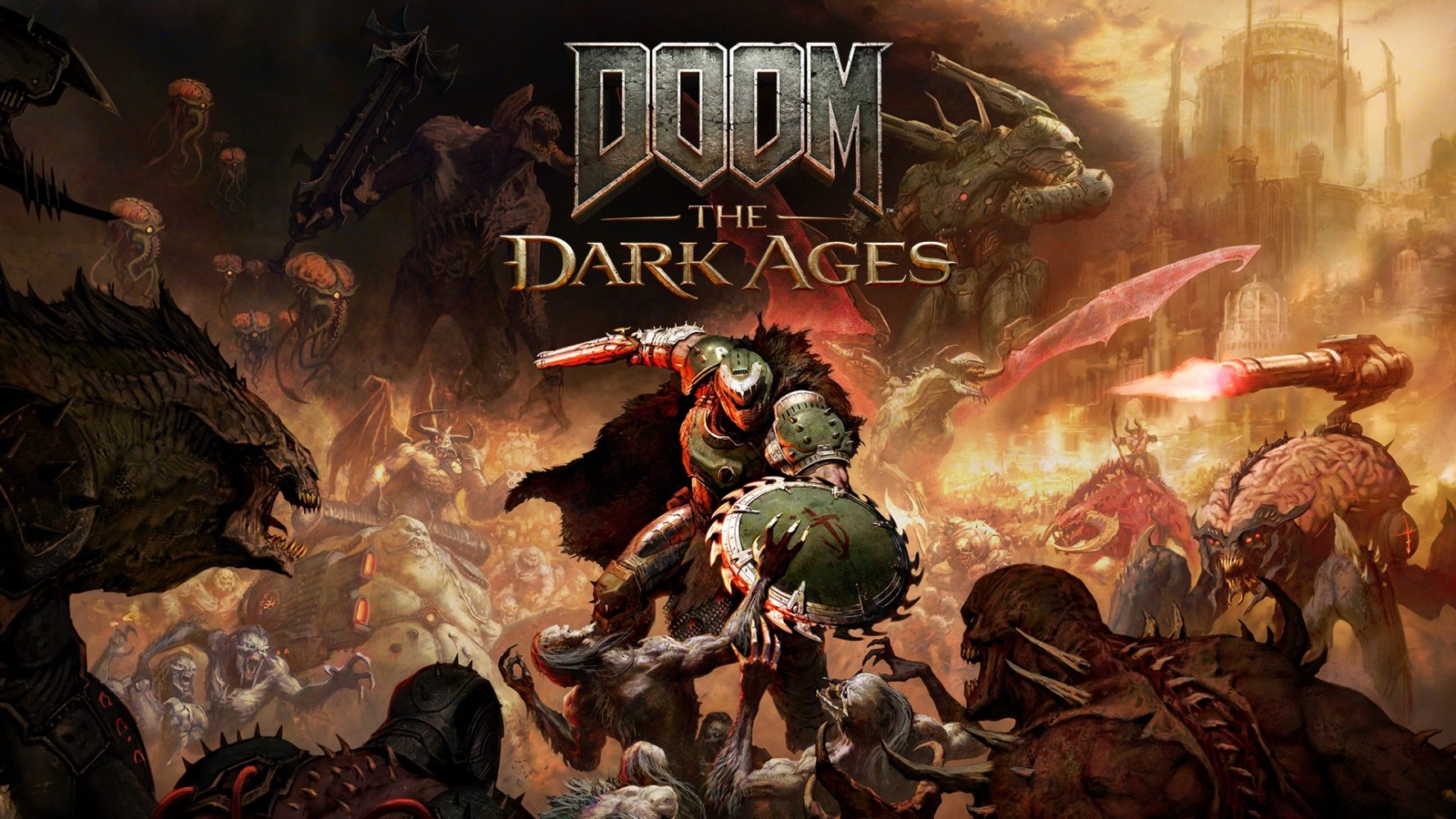





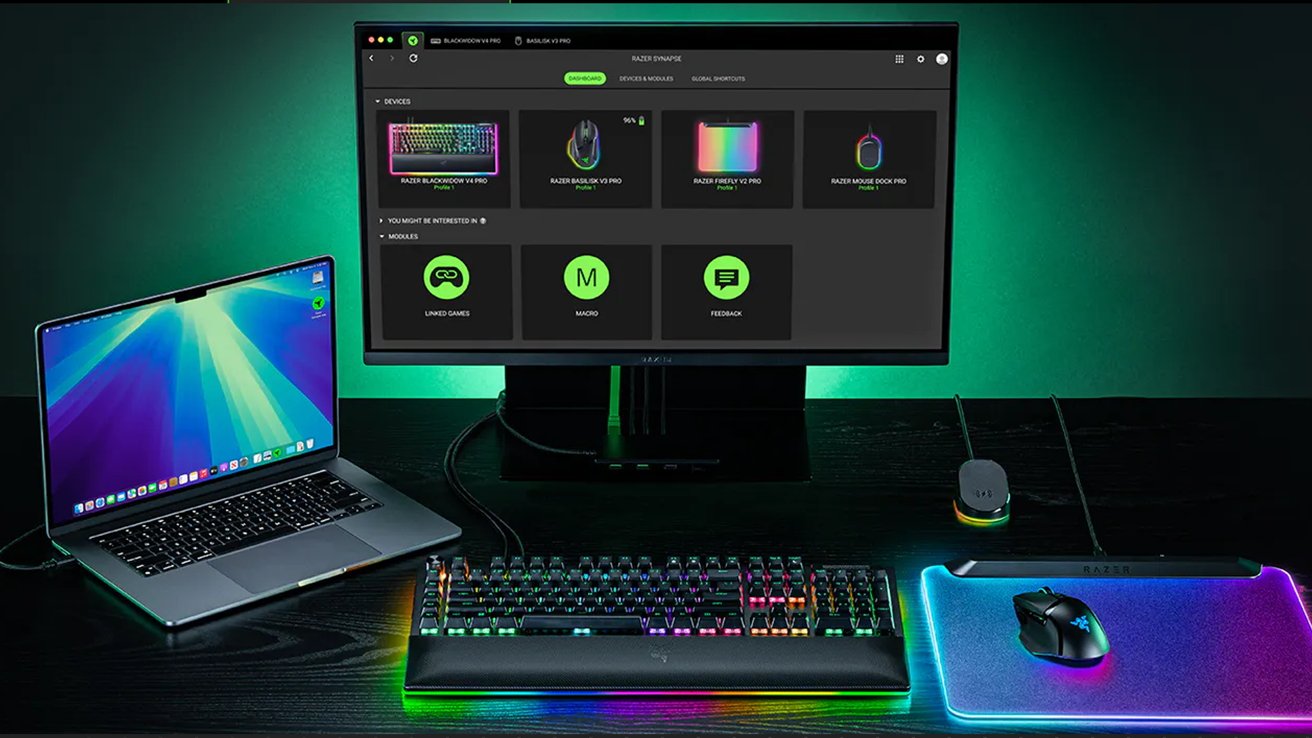
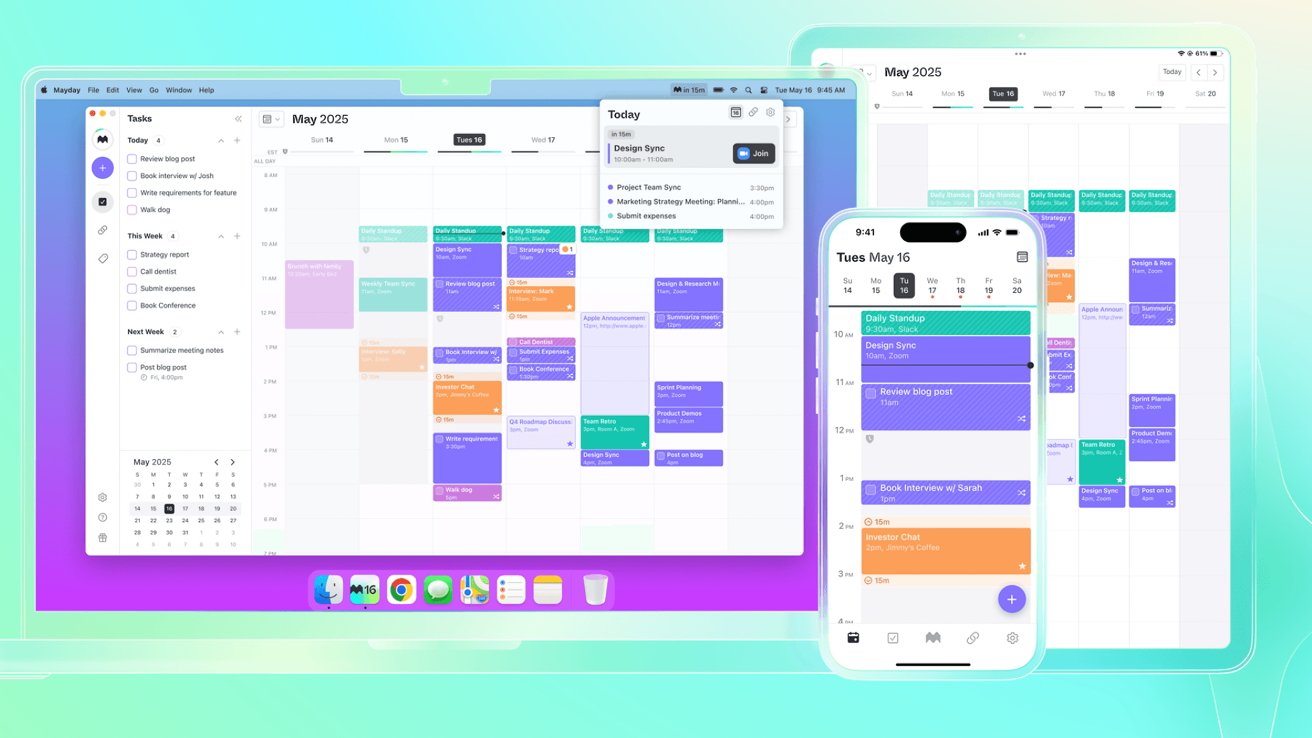
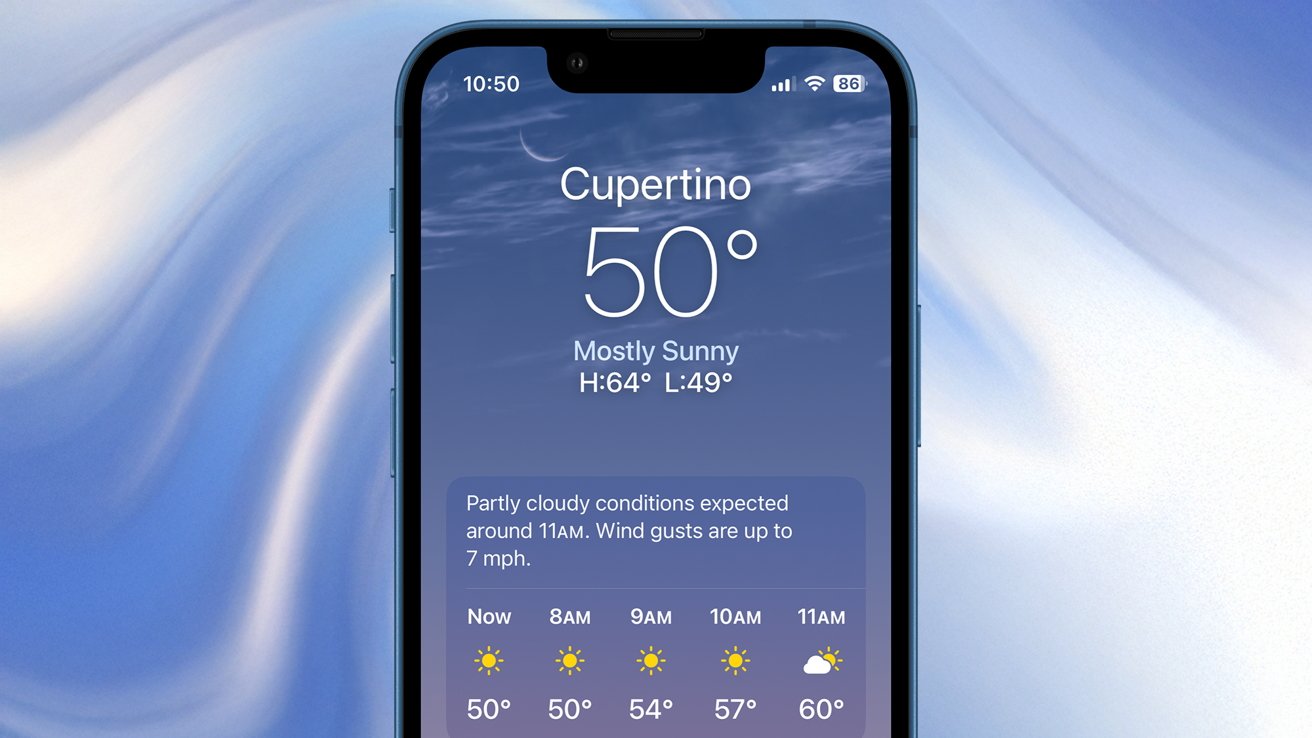

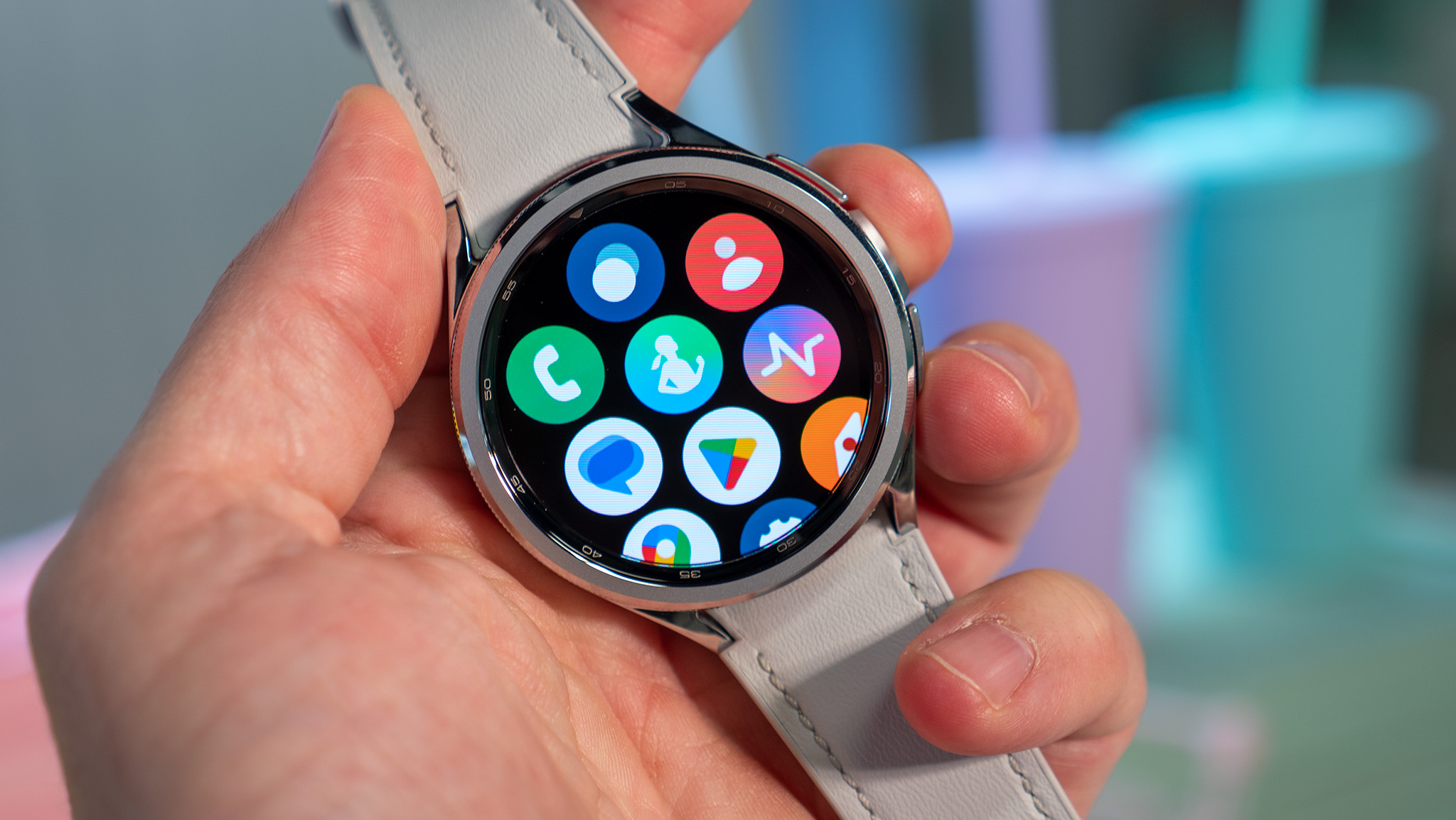





















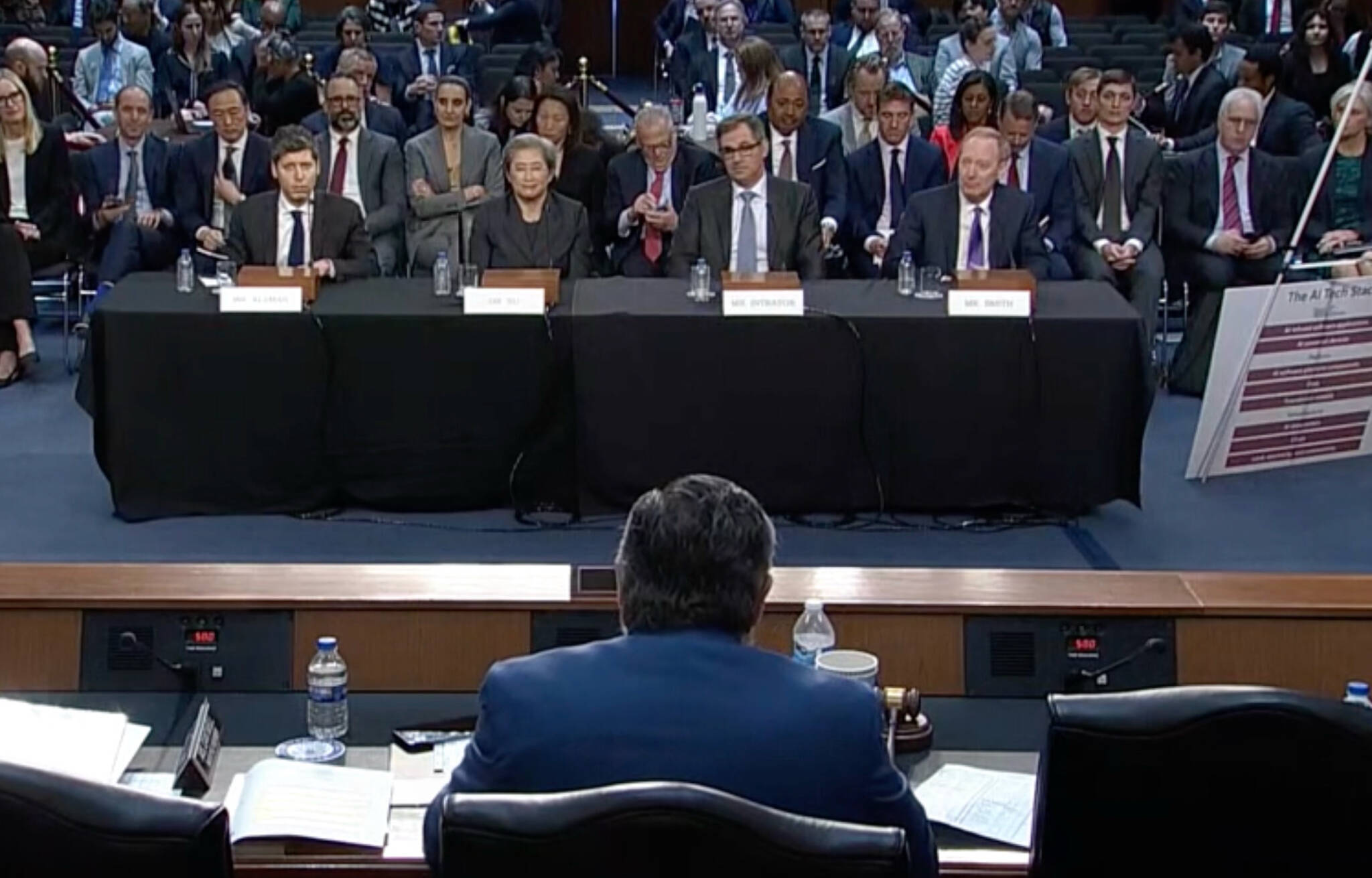



![Apple Foldable iPhone to Feature New Display Tech, 19% Thinner Panel [Rumor]](https://www.iclarified.com/images/news/97271/97271/97271-640.jpg)
![Apple Developing New Chips for Smart Glasses, Macs, AI Servers [Report]](https://www.iclarified.com/images/news/97269/97269/97269-640.jpg)
![Apple Shares New Mother's Day Ad: 'A Gift for Mom' [Video]](https://www.iclarified.com/images/news/97267/97267/97267-640.jpg)

















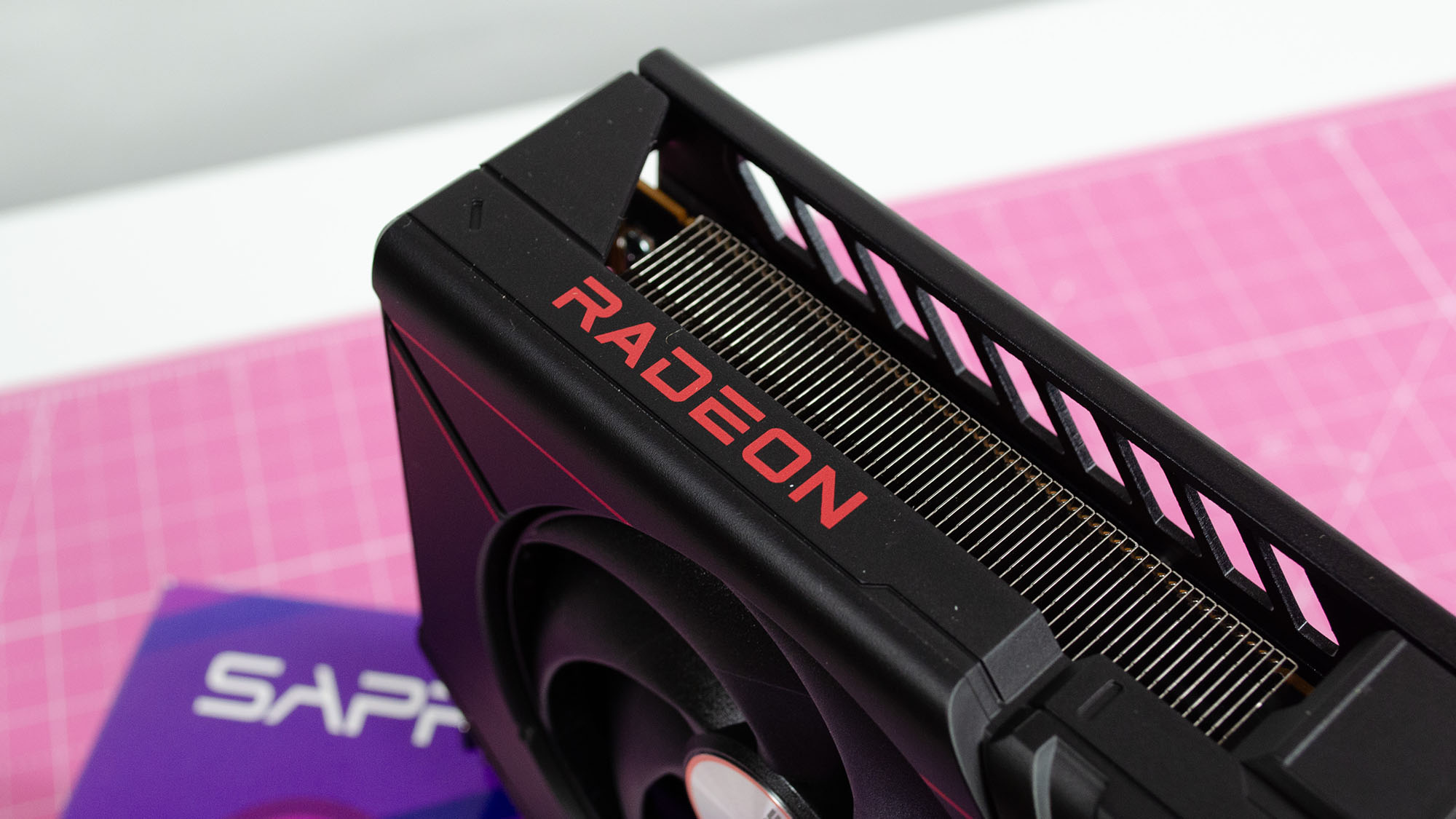



















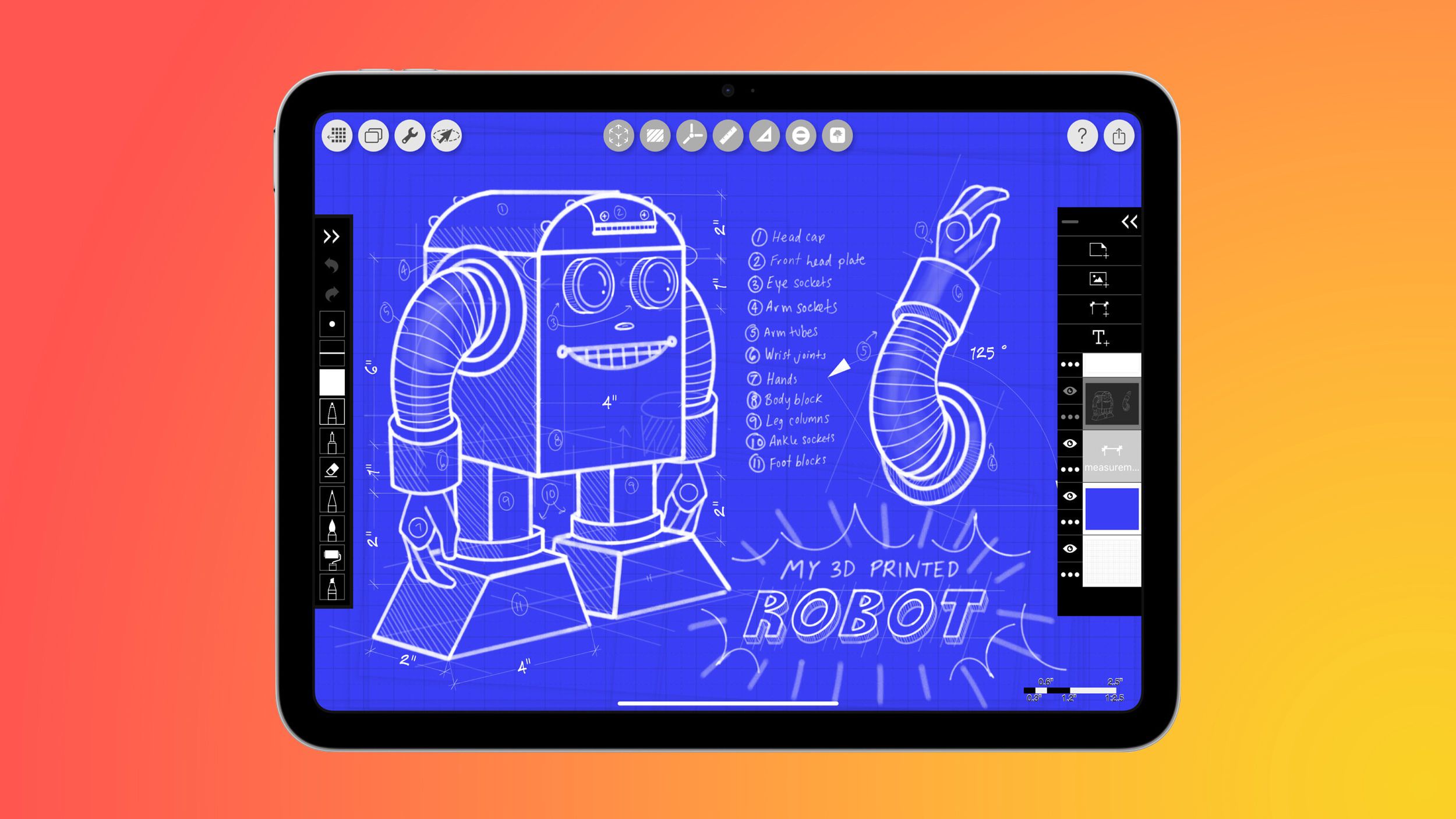
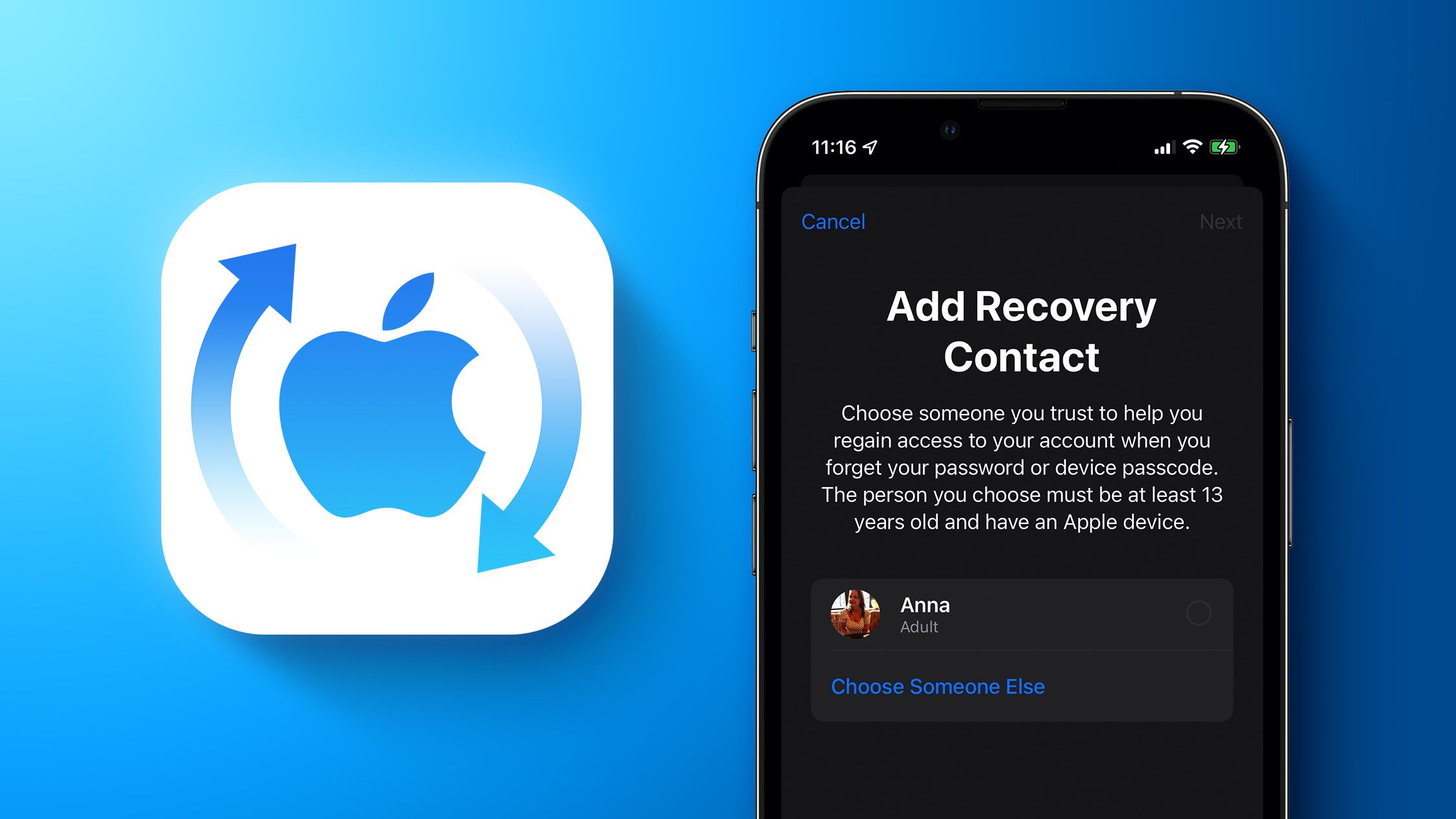





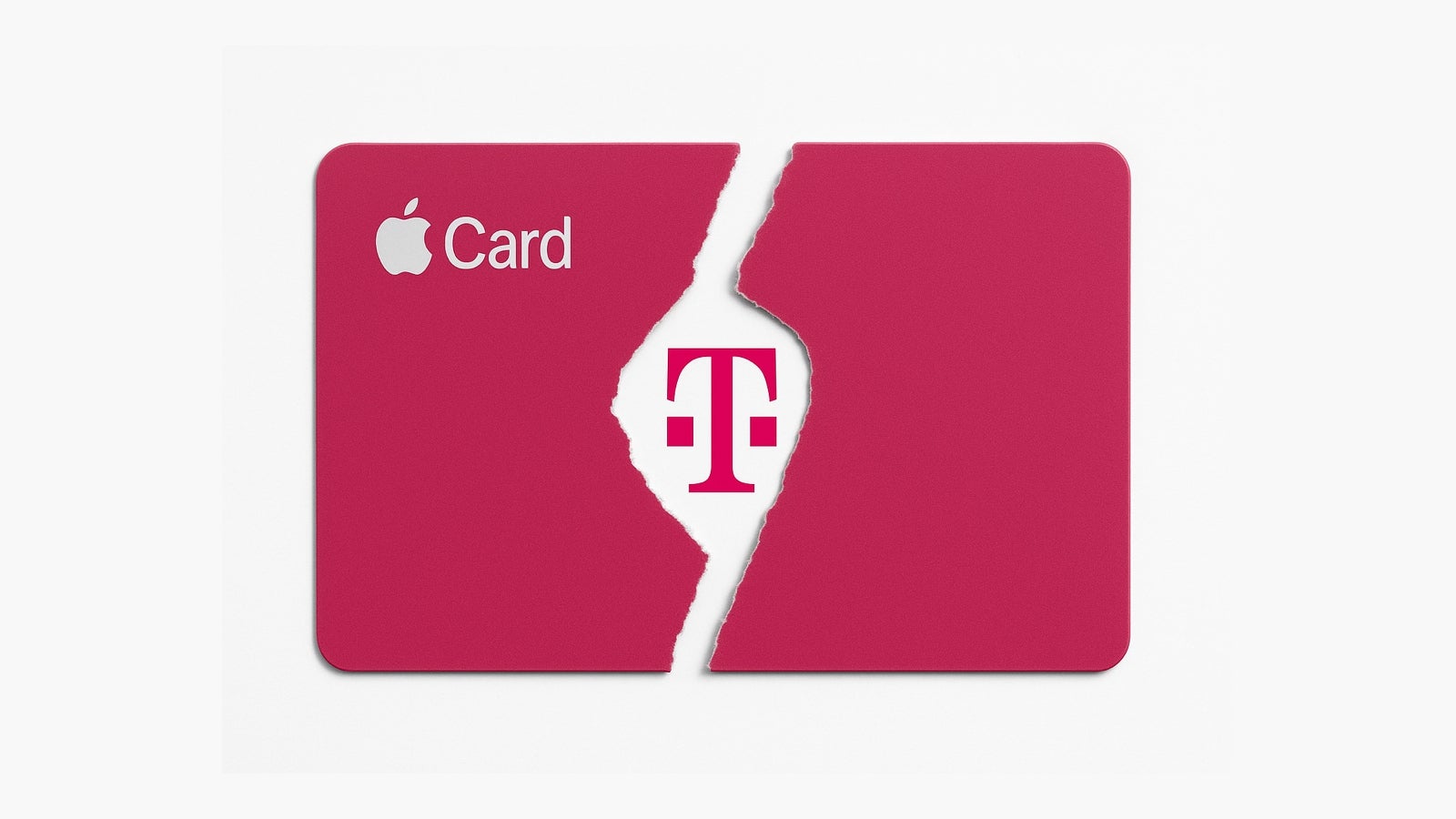






















![[Weekly funding roundup May 3-9] VC inflow into Indian startups touches new high](https://images.yourstory.com/cs/2/220356402d6d11e9aa979329348d4c3e/WeeklyFundingRoundupNewLogo1-1739546168054.jpg)





























